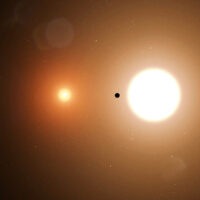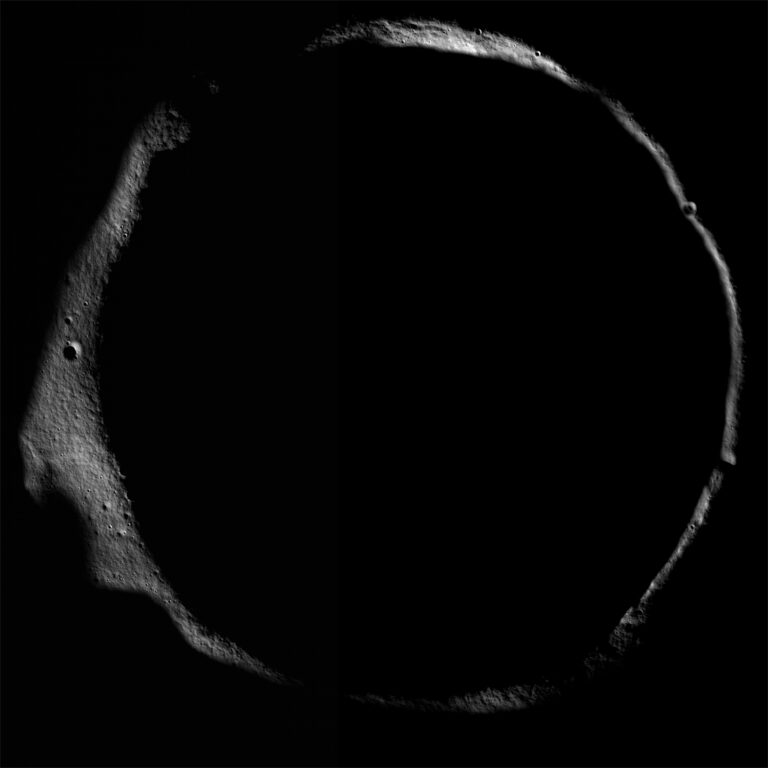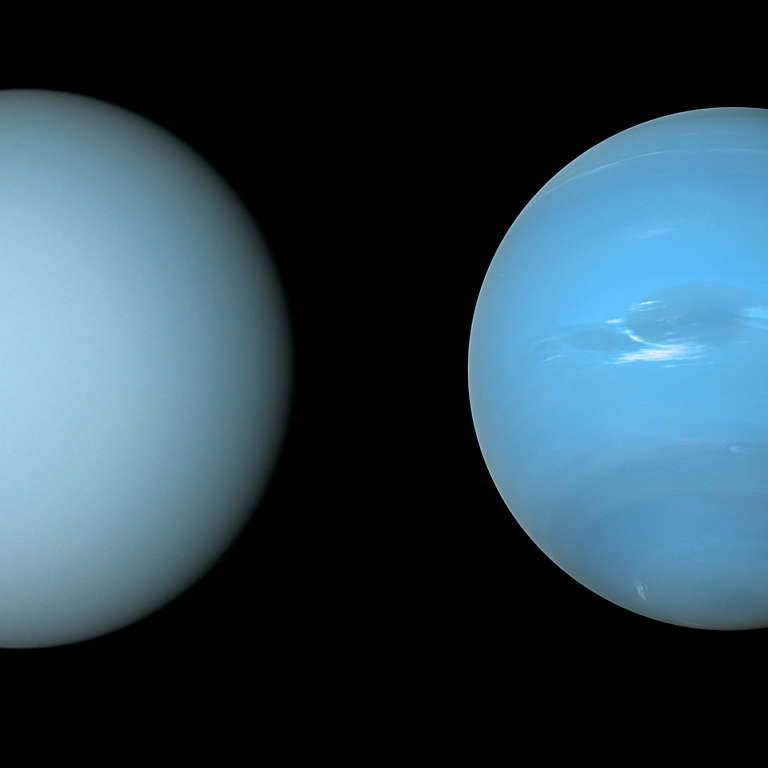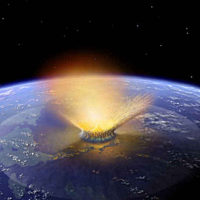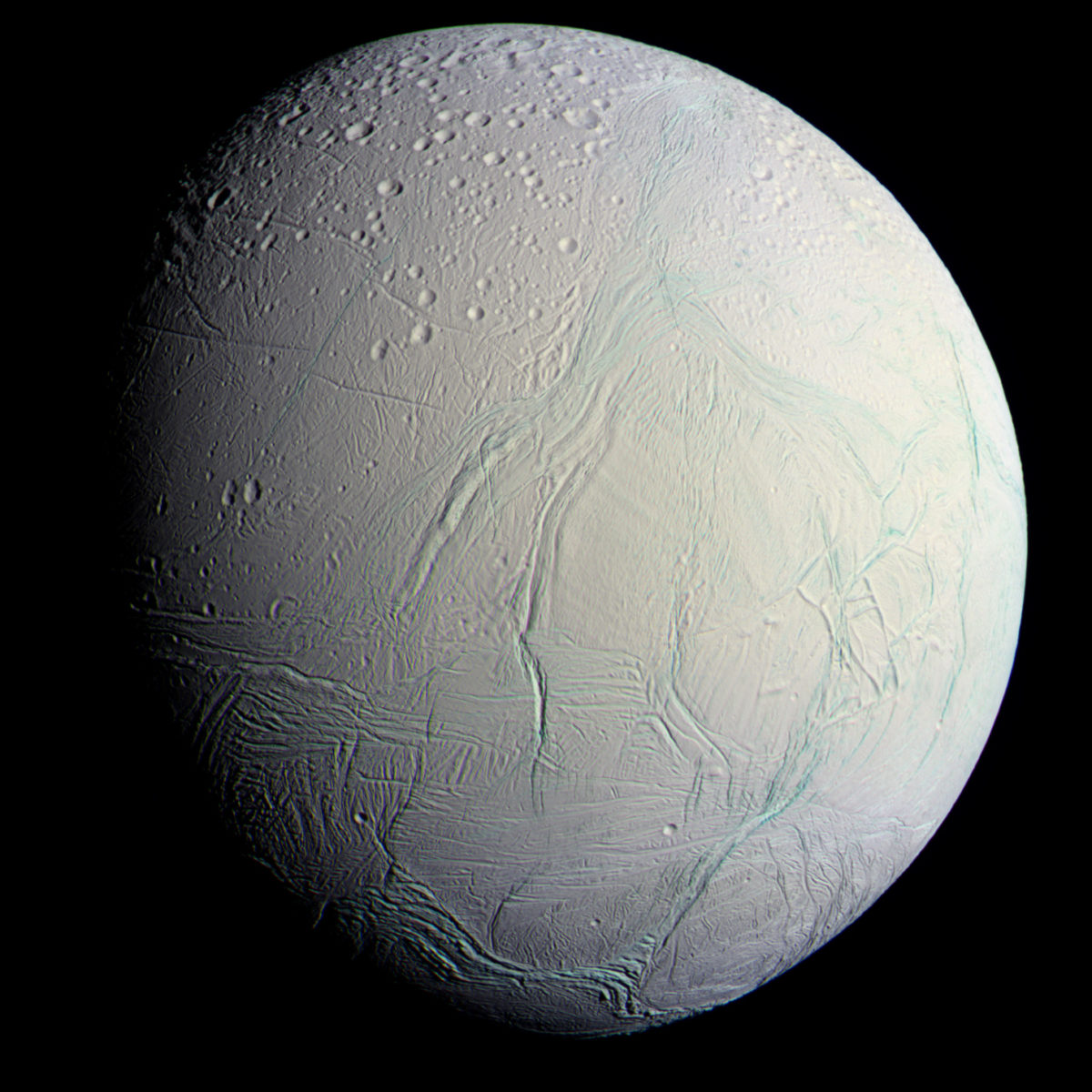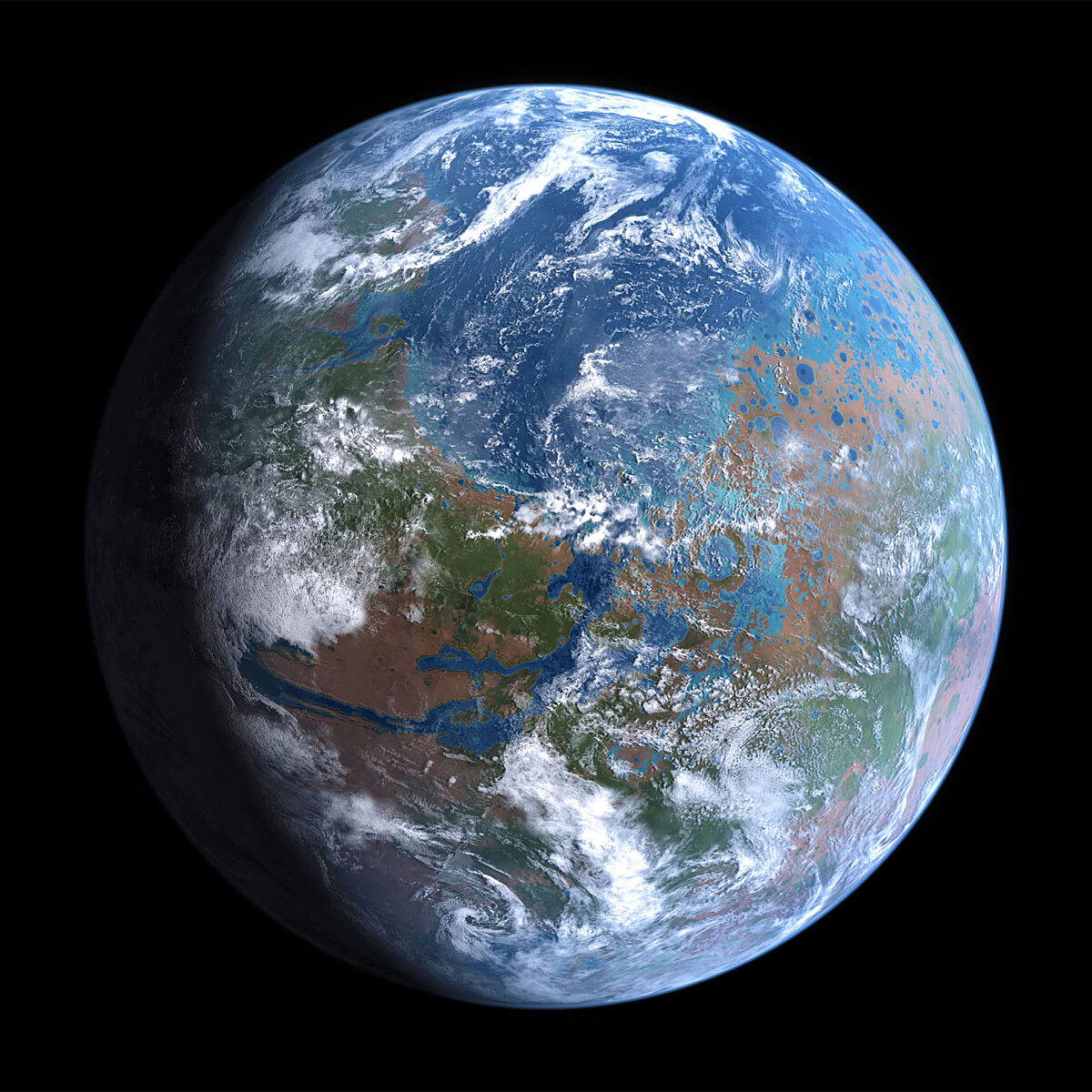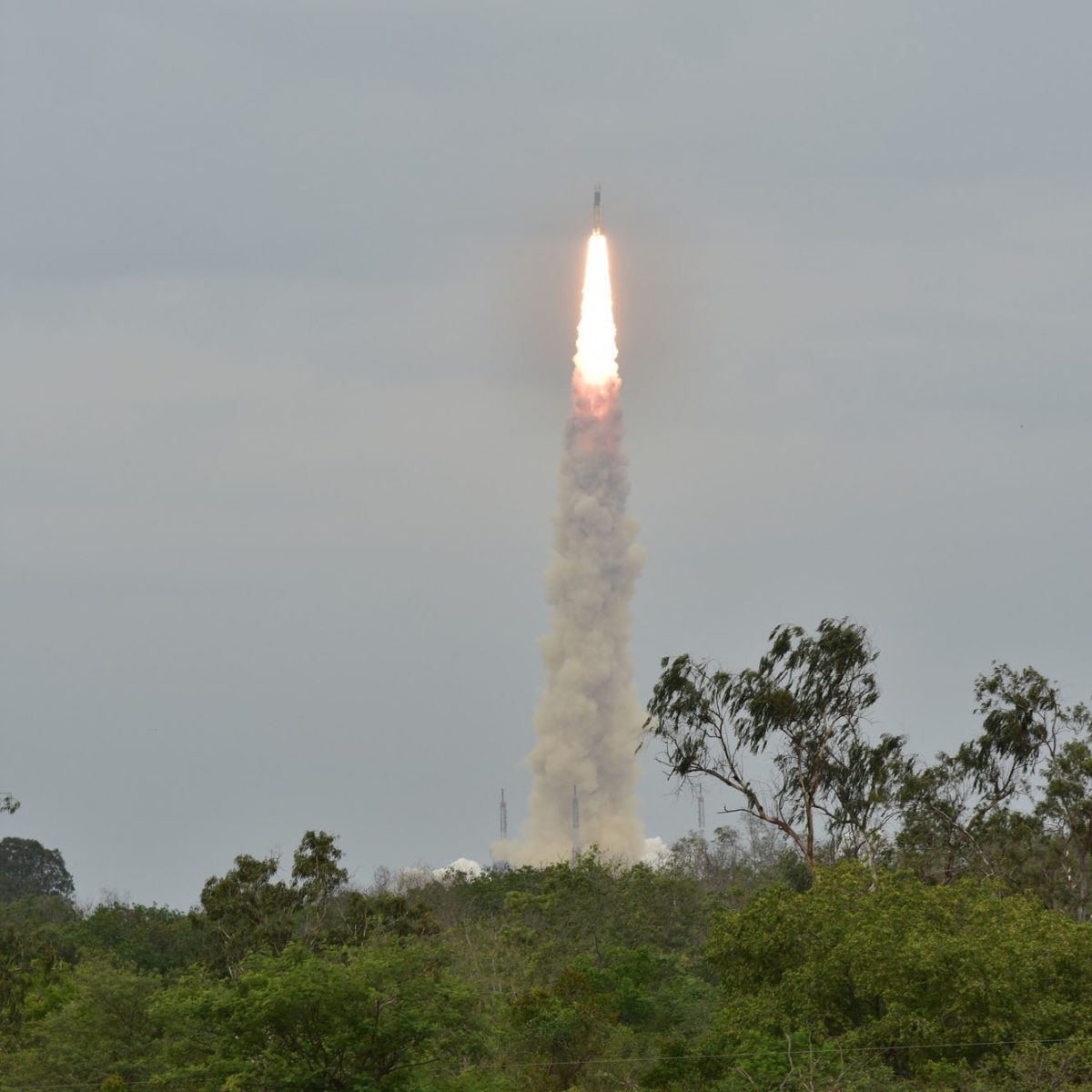All
All
Stories, updates, insights, and original analysis from The Planetary Society.
Are planets with two stars promising places for life?
A look at the potential for habitable planets in binary systems despite their chaotic births.
Your Guide to Water on the Moon
Learn when we discovered lunar water, where it is, and how future missions will study it.
How do planets get moons?
Here are the distinct ways in which the moons of our Solar System formed.
How do planets get rings?
The planets in our Solar System show that no two ring systems are exactly alike.
How Uranus and Neptune are key to unlocking how planets form
A flagship mission to the ice giants — Uranus and Neptune — will forever change our understanding of the origin and evolution of our solar system.
When to worry about an asteroid striking Earth
The chances of large impacts from asteroids and near-Earth objects capable of causing widespread damage on Earth are small — but they aren’t zero.
When will we explore Enceladus to find alien life?
While NASA will launch Dragonfly later this decade to Titan, another potentially habitable moon of Saturn, no space agency is currently funding a mission to Enceladus.
The two-faced Moon
Why is our Moon's farside so different from its nearside?
How we test spacecraft before launch
The array of space-simulating test facilities a spacecraft tours through before it can blast off of Earth.
Is life possible on rogue planets and moons?
Our exploration of the solar system combined with two decades of exoplanet research tells us there are several possibilities for life to exist on starless planets and their moons.
Water plumes from Saturn’s icy moon Enceladus may show promising signs of life
New research says methane levels detected in the plumes of one of Saturn's moons, Enceladus, might point to a habitable world.
Can we make Mars Earth-like through terraforming?
These are some of the most compelling ideas on how to terraform Mars into a habitable, Earth-like world for future explorers.
Are the Universe's Smallest Stars Promising Places for Life?
Red dwarf stars are more common than our Sun. What are the prospects for life on exoplanets that orbit them?
Solar System History 101
How did our solar system come to be? Why are the planets, asteroids, comets, and other small worlds where they are now?
Chandrayaan-2 Launches for the Moon
Liftoff atop the country’s GSLV Mk III rocket occurred on 22 July at 14:43 IST (09:13 UTC).
How the Apollo missions transformed our understanding of the Moon’s origin
Where did the Moon come from? The origin of our cosmic neighbor is a fundamental question in planetary science.
Space grade electronics: How NASA’s Juno survives near Jupiter
Take a look at how electronics of spacecraft are built to survive the harshness of space environments.


 Explore Worlds
Explore Worlds Find Life
Find Life Defend Earth
Defend Earth


 Sun
Sun Mercury
Mercury Venus
Venus Earth
Earth Mars
Mars Jupiter
Jupiter Saturn
Saturn Uranus
Uranus Neptune
Neptune Small Bodies
Small Bodies